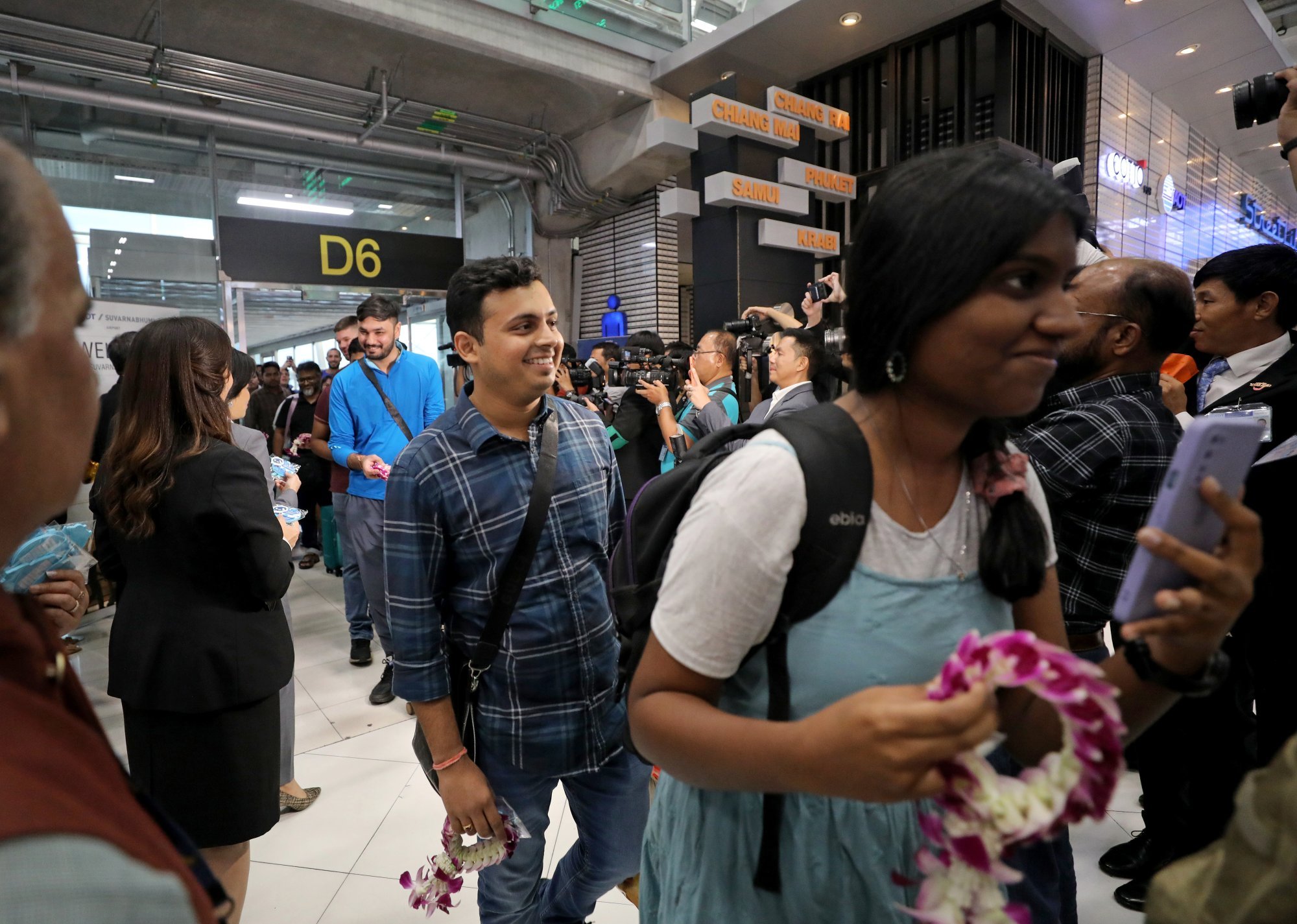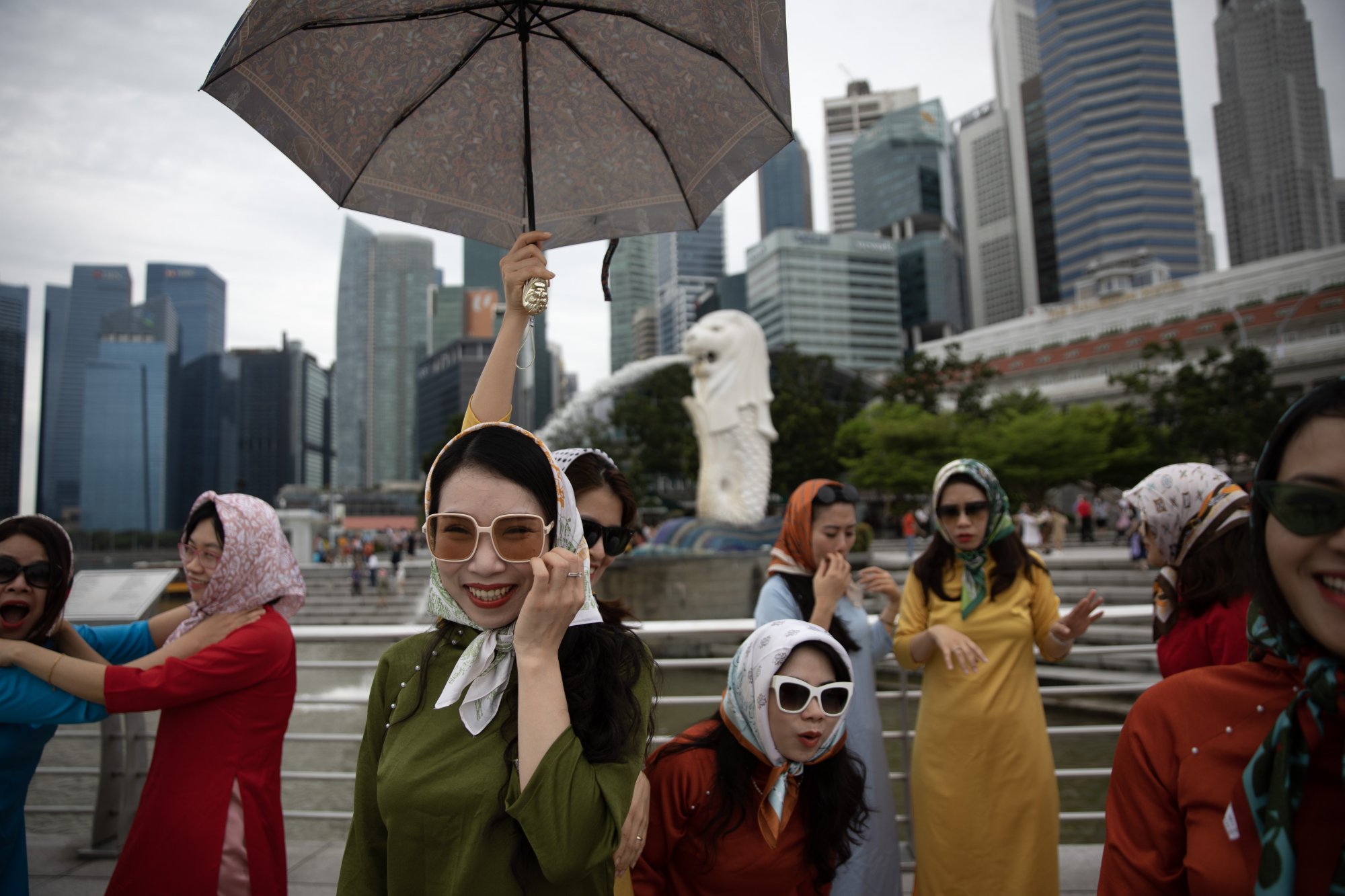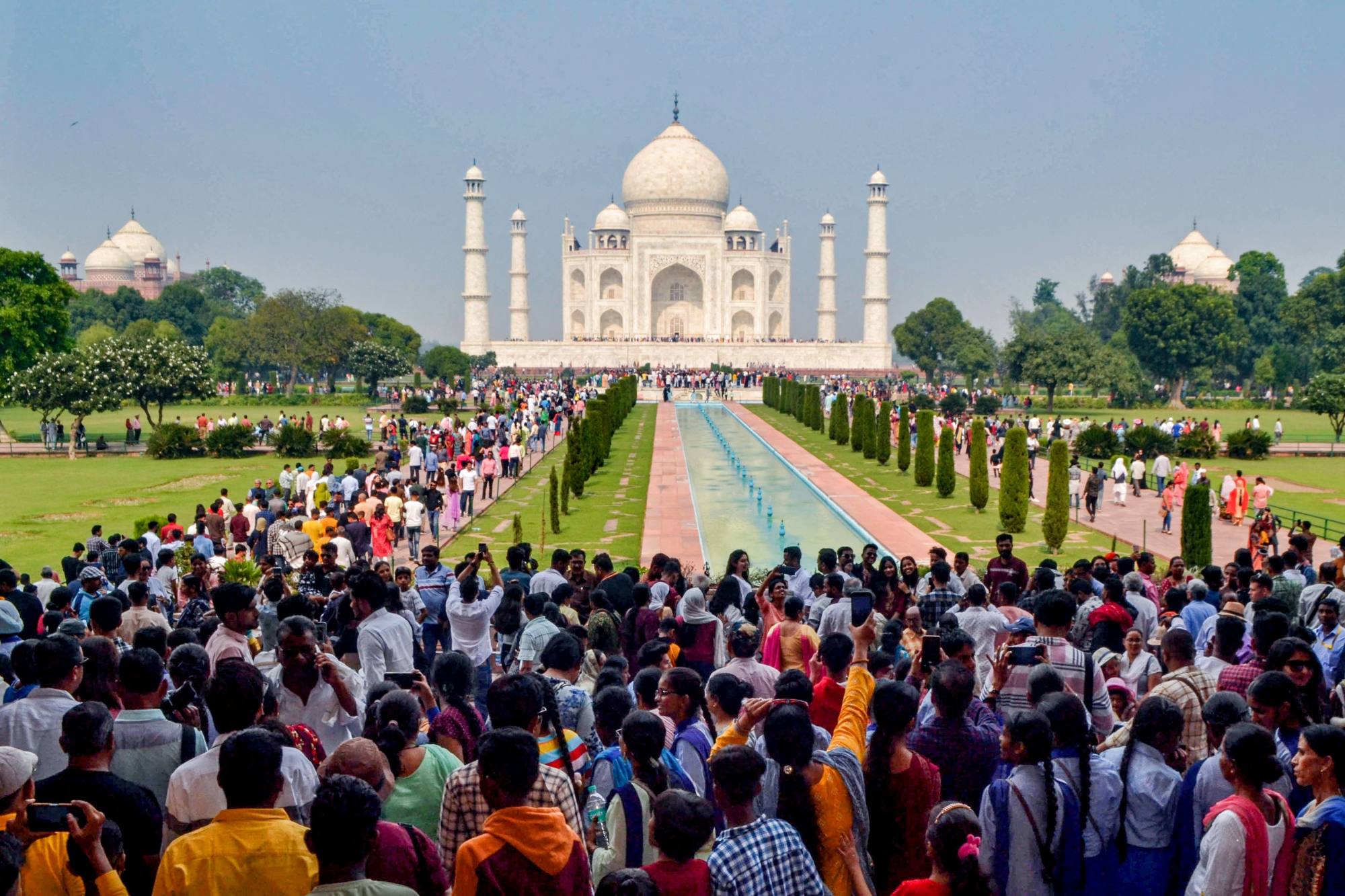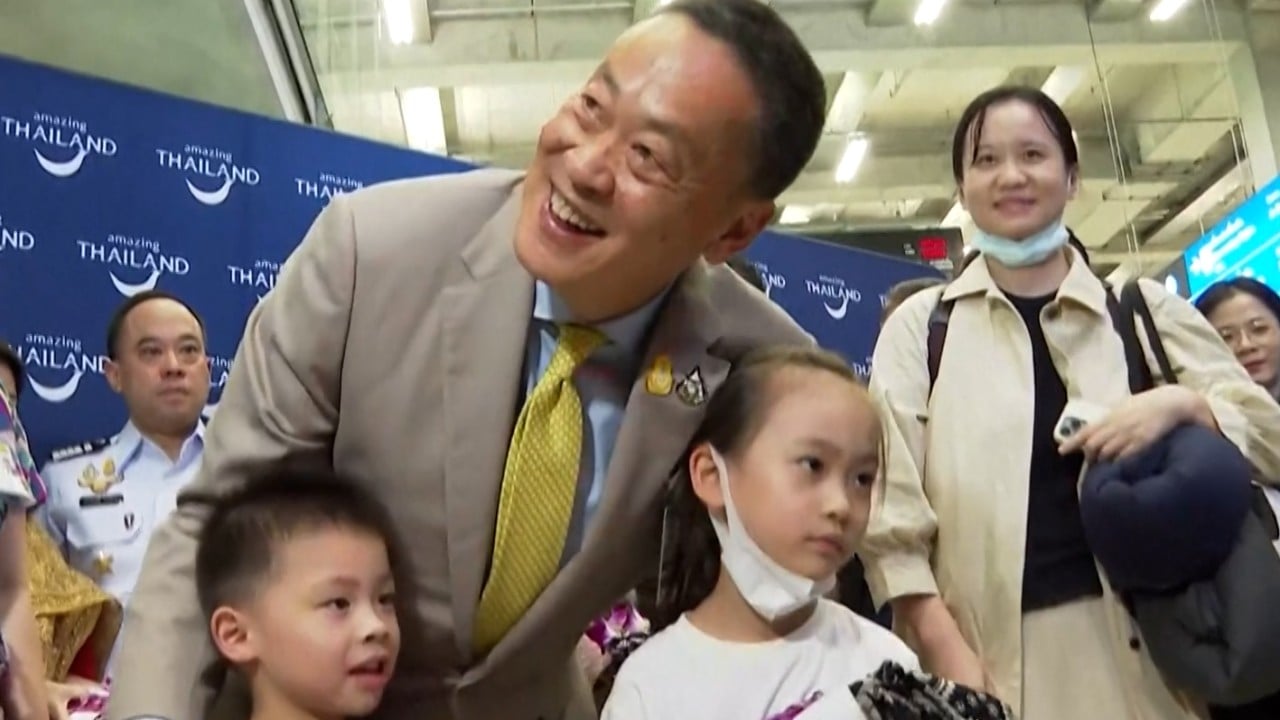Southeast Asia eyes ‘double benefit’ of tapping China, India tourists post-Covid

Rising income levels across India – expected to be the fastest-growing major economy – are supplanting travel demand that are making tourism earnings from across the region more resilient even as Western tourists are pruning budgets.
India’s outbound travel has the potential to grow from 13 million trips in 2022 to over 80 million by 2040, said a McKinsey report published in November, noting that its population has surpassed China’s to stand at 1.4 billion people.
Proximity is a key factor in the choice of destinations for 70 per cent of Indian travellers, who prefer places that take less than four hours to get to, it added.
India’s promise
Airlines across Southeast Asia, which have been struggling to add capacity due to broken supply chains for aircraft as well as crew shortages since the pandemic, are also now eager to tap the potential Indian demand, say experts.
Edward Clayton, partner at PwC Malaysia, told a webinar by global information and analytics provider OAG Aviation that several Southeast nations “have made a significant increase in flights or destinations in India”, resulting in diversion of domestic flight capacity.
“Airlines see that [India] as a very attractive market moving forward, and that is very visible,” he said.

In 2019, Chinese travellers made 155 million trips abroad and spent nearly US$255 million, accounting for about 14 per cent of the global tourism spend.
Bertrand Saillet, managing director of travel management company FCM Travel Asia, said airline capacity in Southeast Asia was currently at 77 per cent of pre-Covid levels, adding that data from aviation analytics firm Citrium suggested that there would be an additional 6-9 per cent capacity over the next 12 months.
Southeast Asia’s tourism sector will struggle amid slow China recovery
Southeast Asia’s tourism sector will struggle amid slow China recovery
Overall, there is resilient demand for air travel despite economic challenges faced by consumers such as higher costs of living and fuel prices, Saillet said.
“In 2024, arrival numbers [in Southeast Asia] will probably reach the 2019 level or almost the 2019 level,” said Wolfgang Georg Arlt, CEO of the China Outbound Tourism Research Institute.
“Chinese are travelling again, but the number of social climbers in Chinese society who are for the first time able to afford a trip to Southeast Asia, will be less than before the pandemic,” he said.
They are also likely to splurge less than before, and “getting value for money will be the new thing to brag about”, Arlt said. “It is a good idea [for Southeast Asia] not to put all eggs in one basket. On the other hand, China will remain the most important market.”

Indian travel industry executives are optimistic about a further pickup in travel from the country.
Fares from India to Europe are 40-60 per cent higher than pre-pandemic levels, whereas those to Asia have not increased significantly, he said.
“Southeast Asian nations have made a concerted effort to attract Indians,” Kohli said. But it would be wrong to think that Indian tourists are replacing Chinese visitors, he added.
“We have filled the [market] gap, we have not replaced the Chinese. When the Chinese start travelling again, these countries will have double the benefit,” he said.



 Offers free spin
Offers free spin